Before Barbie and Barbie Cakes, There Was Dolly and Dolly Varden Cakes
These toy-filled birthday cakes have an intriguing connection to both Charles Dickens and Australia.
As audiences don their Malibu-pink best for the premiere of Greta Gerwig’s Barbie, they may even indulge in Barbie-influenced treats like Cold Stone Creamery’s glittery pink ice cream or Pinkberry’s strawberry and dragonfruit frozen yogurt. But this isn’t the first time the doll has served as dessert inspiration.
Barbie cakes have been a special birthday request for decades. Instead of a standard sheet cake, bakers frost a dome-shaped layer to resemble a giant ballgown skirt. A Barbie doll is then inserted into the top and iced with a matching blouse to complement the rest of her sweet outfit.
But not everyone would call this dessert a “Barbie Cake”—perhaps not even Australian Barbie actress Margot Robbie. Why? It’s a story that spans centuries and continents, but basically, Barbie isn’t the only one who can pull off an ensemble of eggs, milk, butter, and sugar. Because before there was Barbie, there was Dolly Varden.

If you’ve ever wondered what was regarded as Charles Dickens’s “least satisfactory,” “least discussed,” and “least loved and least read” book, Barnaby Rudge would be your answer. The novel debuted in 1841 to little fanfare. It may be hard to believe, but readers weren’t particularly chomping at the bit to dive into this historical tale about London’s Gordon Riots of 1780. If they had, they would have met the character of Dolly Varden, the protagonist’s love interest:
“After a long and patient contemplation of the golden key, and many such backward glances, Gabriel stepped into the road, and stole a look at the upper windows. One of them chanced to be thrown open at the moment, and a roguish face met his; a face lighted up by the loveliest pair of sparkling eyes that ever locksmith looked upon; the face of a pretty, laughing, girl; dimpled and fresh, and healthful—the very impersonation of good-humour and blooming beauty.” Dickens later described Dolly wearing a cherry red shawl, oversized “polonaise” skirt, triangular scarf, and brimmed hat.
After publication, the book faded into obscurity—that is, until Dickens’s personal art collection went on sale the month after his death in 1870. In fact, newspaper reports about the Christie’s auction outnumbered the copies of Barnaby Rudge sold after its initial publication. The most discussed painting, though, was a captivating William Powell Frith portrait of Dolly Varden.
In an 1878 issue of Scribner’s Monthly, a writer waxed poetic about the fictional Miss Varden. “Strange that we could have forgotten her,—the sweet, fresh, jaunty English lass, trim, neat and coquettish, with her bright quilted petticoat, and her gown caught up daintily and pinned at the back.”
“The locksmith’s daughter, as we know, was no heroine,” they continued. “She advocated no great public principle, suffered in no noble cause. She was just a good, pure, everyday girl—and that is why we love her. Her name is a character in itself. All Dickens’s names are. It means freshness and spring-time and guileless dressiness.”

Dolly Varden was a trendsetter, cultural influencer, and style purveyor—not unlike Barbie. In an era of both Victorian repression and Oscar Wilde flair, Dolly Varden launched a petticoat mania as women sought out Dolly Varden–style frocks, scarves, and gloves. In an 1871 comic strip, a man bemoaned the endless array of Dolly Varden hats, Dolly Varden boots, Dolly Varden cravats, and even Dolly Varden cigars. The comic ends with his self-inflicted death when he discovers the existence of a Dolly Varden potato hash. Hyperbolic but nevertheless, the Dolly Varden-ification of fashion was to the Victorian era what Barbiecore is to our society now.
Dolly’s impact transcended the sartorial. Today, there is both a Gilded Age-themed bar in Hell’s Kitchen and a trout species named after her. True to Dolly, both entities are flashy and brightly colored. And, yes, Dolly Varden even received her own cake.
Starting in the late 19th century, recipes for Dolly Varden cake popped up in newspapers and cookbooks. But everyone had different interpretations of what a “Dolly Varden Cake” was. In the Royal Baking Powder Company’s My Favorite Receipt of 1909, there are two whole pages devoted to 10 different recipes submitted by 10 different women. Mrs. G.M. Stone of Calhoun, Montana offered a rose extract version, while Mrs. Cassie Batchelder from Byron, Wisconsin preferred her cake to boast a citrus lemon twang. Often, bakers divided the batter into bowls and added spices, dried fruit, and essences to flavor and tint each layer a different color.
While the recipes for Dolly Varden varied, many agreed that the baked layers should be glued together with jam. The result was a multi-color, multi-layer cake that may have evoked Dolly Varden’s famous petticoats. Within a few years, though, Dolly Varden cake crumbled out of fashion.
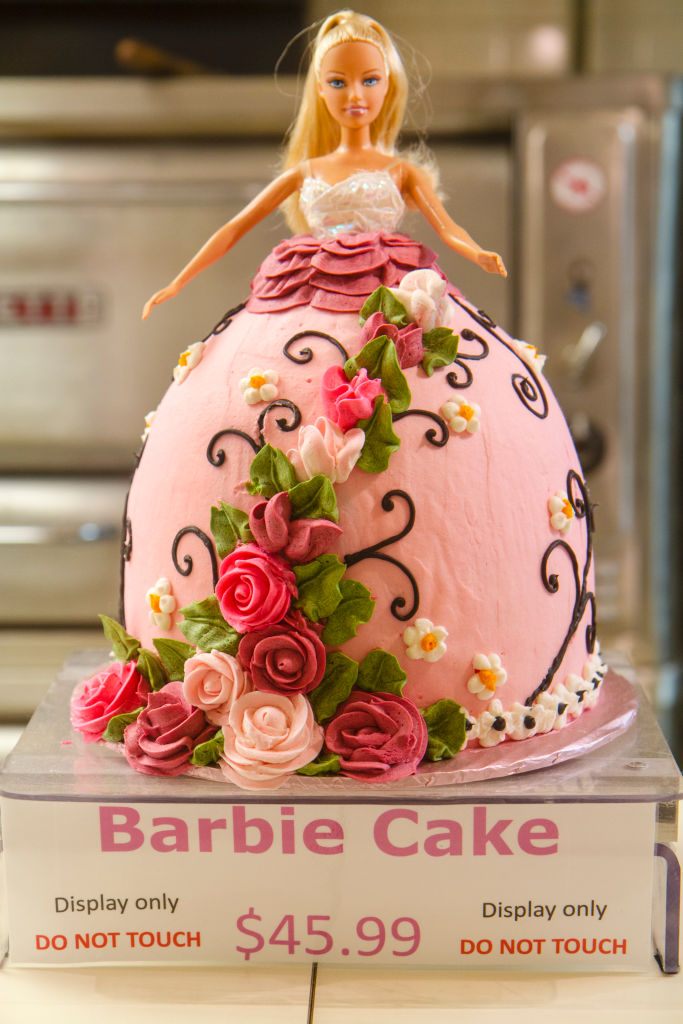
Fast-forward to the 1940s and 1950s, when home bakers began experimenting with traditional cake styles. They decided to break the mold and used domed pudding tins, bundt pans, tube pans, and oven-safe bowls to reach greater heights with their confections. It’s unclear who first placed an actual doll into a cake, but someone must have noticed how domed cakes resembled ballgown skirts. Soon enough, these shapely desserts got a facelift—or, more literally, a face. By the 1970s, Barbie had become a household name and beloved household toy, and a few creative bakers began inserting Barbies into their domed cakes. With the right icing flourishes, they turned their dolls into the belle of the ball.
Baking companies capitalized on this burgeoning trend. Brands like Wilton’s sold their “Wonder Mold Kit” with a rounded pan, rod stand, and doll pick for utmost doll-placement precision. The only thing missing was a name.
It was the Australian Women’s Weekly Children’s Birthday Cake Book that popularized a name for this doll-driven cake. The book itself is legendary for revolutionizing children’s birthday parties with 106 zany recipes. Since its publication in 1980, the tome has been passed down from one generation to the next. Even former New Zealand Prime Minister Jacinda Arden baked an AWWCBCB cake for her daughter’s second birthday.
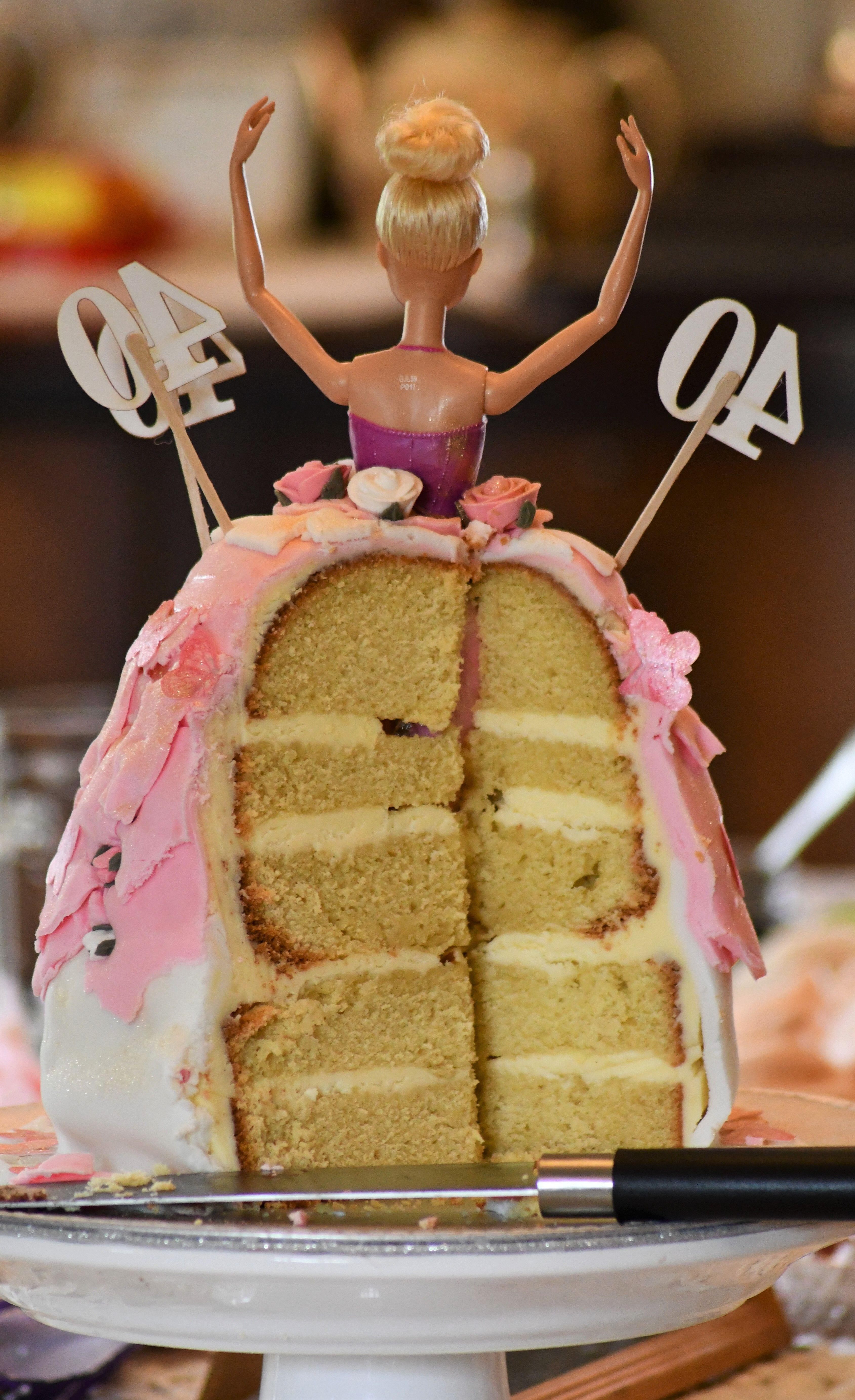
When one of the Australian Women’s Weekly Children’s Birthday Cake Book authors, Pamela Clark, needed another recipe, she knew she didn’t want something with elaborate fondant and piping. So, she asked herself, “What can I do that anyone can do?” Her recipe took a doll’s torso and placed it into a domed cake of the birthday celebrant’s choosing. Despite having no jelly layers or any of the other hallmarks from the 19th-century recipes, the AWWCBCB authors cheekily titled this creation the “Dolly Varden cake” as a clever pun and homage to the well-dressed Dickens character. In Australia, Barbie cakes are still known as Dolly Varden cakes.
And thus, portraying Dolly Varden for children’s birthday parties became one of Barbie’s many professions. Who knows? Maybe after Barbie, Greta Gerwig might add another little woman—Dolly Varden—to her film discography.
Gastro Obscura covers the world’s most wondrous food and drink.
Sign up for our regular newsletter.



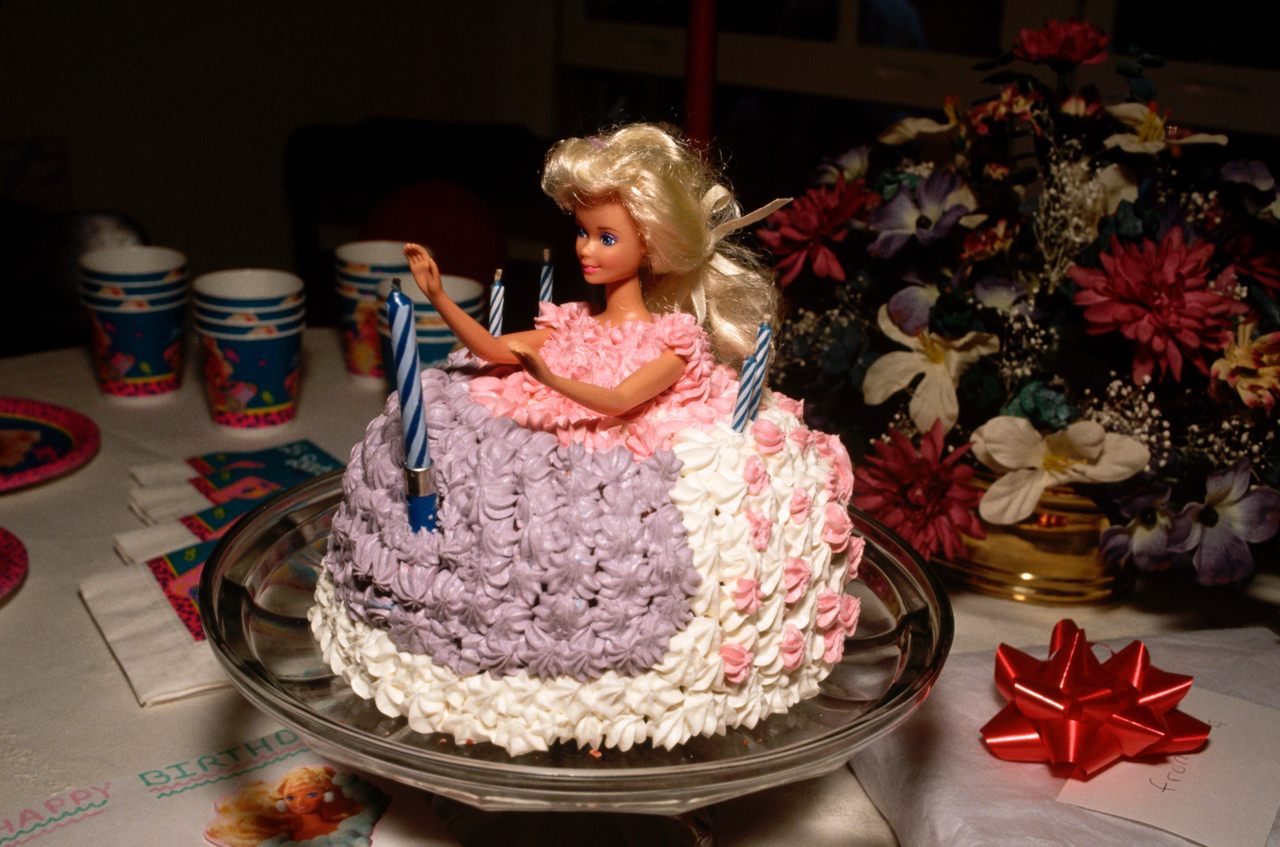






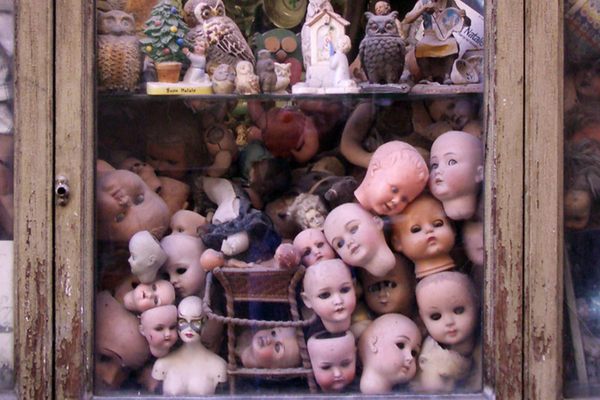













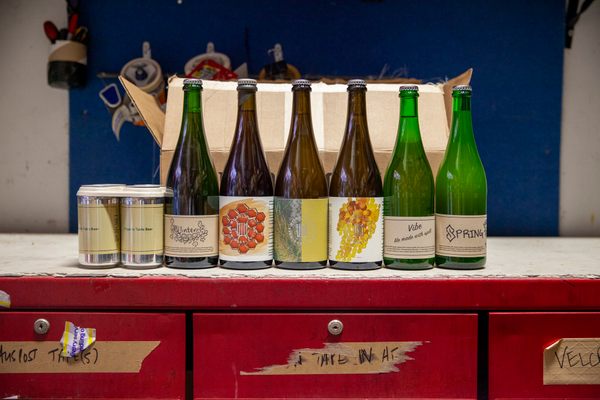

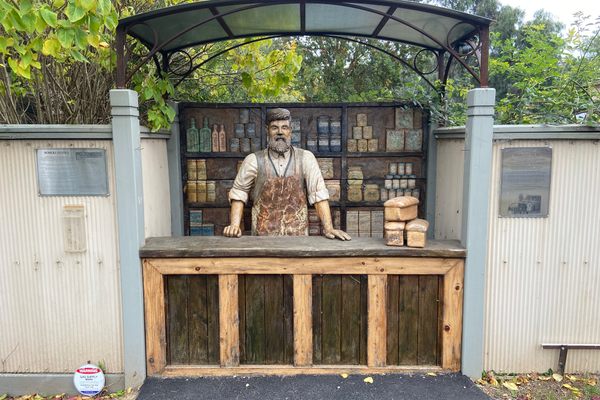


Follow us on Twitter to get the latest on the world's hidden wonders.
Like us on Facebook to get the latest on the world's hidden wonders.
Follow us on Twitter Like us on Facebook